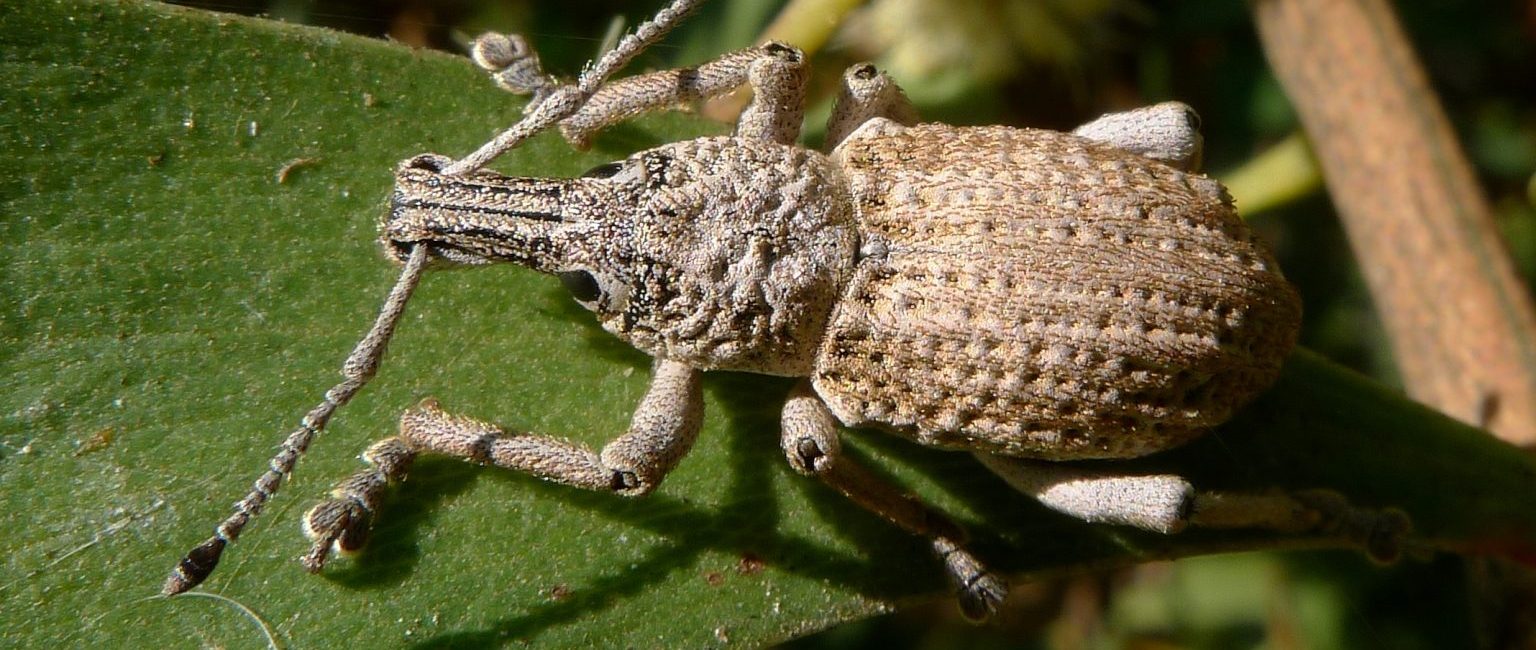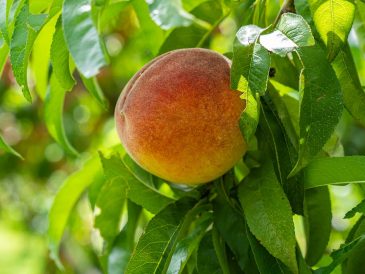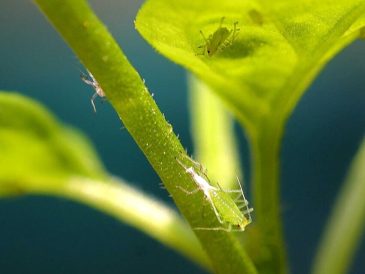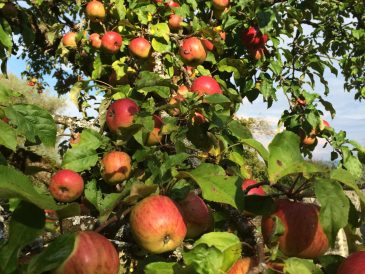Controlling Tree Weevil: Protecting Your Trees and Plants
In Canadian gardens and forests, tree weevils can pose a significant threat to the health and vitality of our beloved trees and plants. These small beetles have a voracious appetite and can cause considerable damage if left unchecked. However, with proper knowledge and effective control measures, you can safeguard your green spaces from tree weevil infestations. In this blog post, we will explore the characteristics of tree weevils, the signs of their presence, and practical tips for controlling and managing these pests to ensure the well-being of your trees and plants.
Understanding Tree Weevils
Tree weevils belong to the Curculionidae family and are characterized by their elongated snouts and curved antennae. These pests typically feed on the leaves, bark, and buds of trees and plants, causing defoliation, stunted growth, and even tree mortality in severe cases. The most common tree weevil species in Canada include the black vine weevil, white pine weevil, and spruce weevil. Understanding their life cycle and habits is crucial for implementing effective control strategies.
Signs of Tree Weevil Infestation
Detecting a tree weevil infestation early is essential for preventing widespread damage. Look out for signs such as notched or irregularly shaped leaf edges, chewed or missing buds, wilting foliage, or larvae present in the soil or around the base of trees. Adult weevils may also be visible on the foliage or bark, especially during the warmer months. Regular monitoring and inspection of your trees and plants will help you identify any signs of infestation and take timely action.
Effective Control Measures:
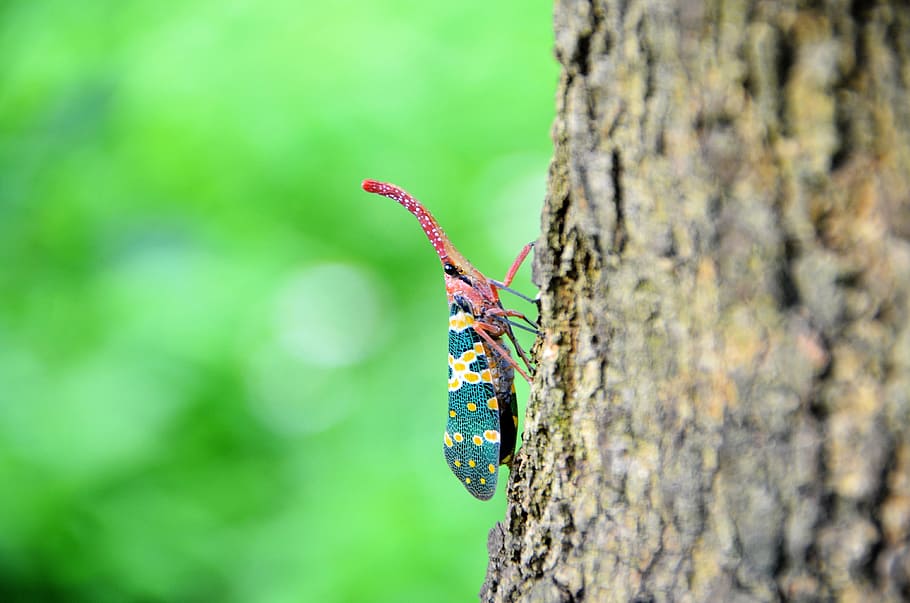
1. Cultural Practices
Implementing good gardening practices can help reduce the risk of tree weevil infestations. This includes maintaining healthy trees and plants through proper watering, fertilization, and pruning. Pruning away dead or damaged branches can eliminate potential breeding sites for weevils.
2. Physical Barriers
Use physical barriers such as tree wraps or trunk collars to prevent adult weevils from climbing up the tree trunks and laying eggs. These barriers can be particularly effective for protecting young or vulnerable trees.
3. Biological Control
Introduce natural predators and beneficial insects that feed on tree weevils, such as certain species of parasitic wasps or predatory beetles. Consult with local gardening experts or entomologists to determine the most suitable biological control options for your specific region and tree species.
4. Chemical Control
In cases where infestations are severe or other control methods have been unsuccessful, insecticides specifically formulated for tree weevils can be used. Follow the instructions carefully and choose insecticides that are labeled for tree weevil control. Consider using targeted treatments rather than broad-spectrum pesticides to minimize environmental impact.
5. Regular Monitoring
Stay vigilant and conduct regular inspections of your trees and plants to catch any signs of weevil infestation early. By taking proactive measures, you can prevent the spread of these pests and minimize the damage they cause.
6. Integrated Pest Management (IPM)
Implement an integrated pest management approach to effectively control tree weevils. IPM involves combining multiple strategies and techniques to manage pests while minimizing the use of chemicals. This holistic approach includes monitoring, identifying thresholds, employing cultural and mechanical control methods, utilizing biological controls, and using targeted pesticides only when necessary. By integrating various tactics, you can create a comprehensive and sustainable tree weevil control plan that reduces reliance on chemical treatments and promotes long-term pest management.
Controlling tree weevils is crucial for preserving the health and beauty of your trees and plants. By understanding the characteristics of these pests, recognizing the signs of infestation, and implementing effective control measures, you can protect your green spaces from the damaging effects of tree weevils. Whether through cultural practices, physical barriers, biological control, or targeted insecticides, a proactive approach to tree weevil management will help ensure the long-term vitality of your trees and create a thriving environment for your garden and landscape.
Note: Always consult with local gardening experts or professionals for personalized advice and recommendations regarding tree weevil control in your region.

